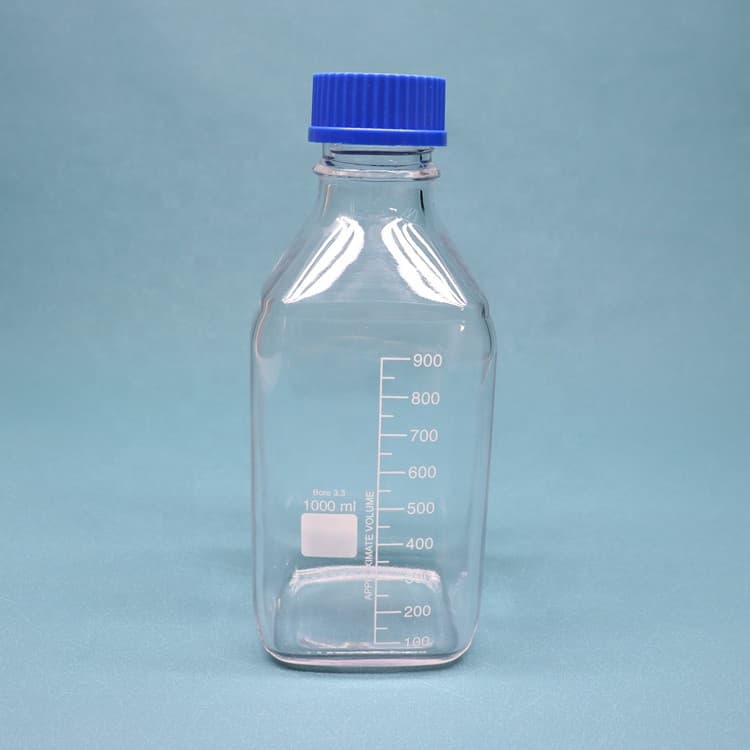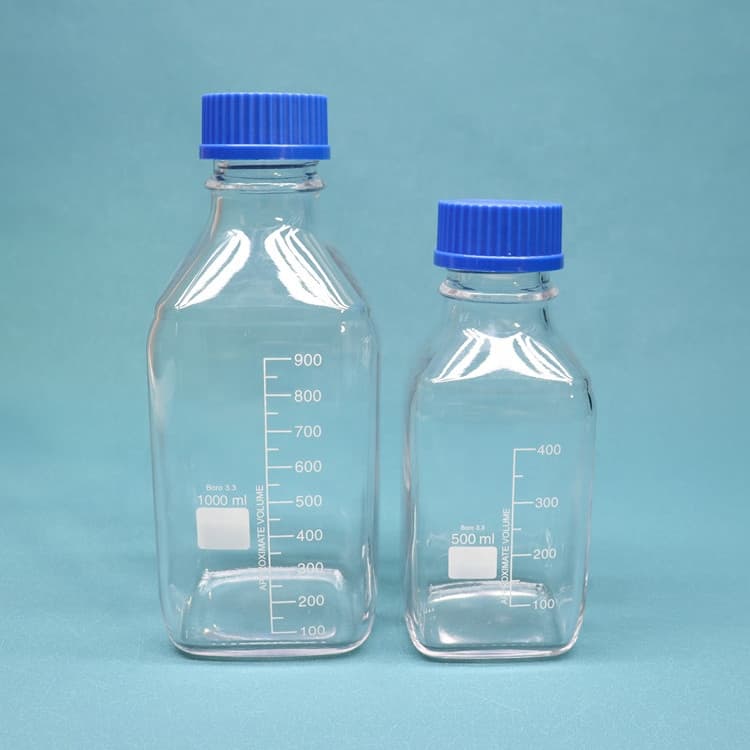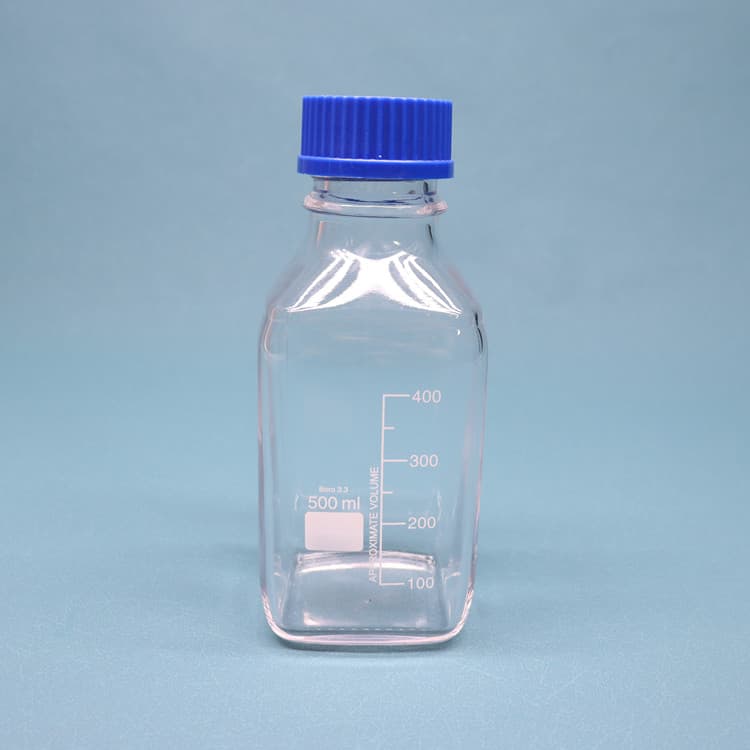



Mar 1, 2022 · Liquid chromatography-mass spectrometry (LC-MS/MS) is widely used in research and clinical areas, and its application is gradually increasing. The main uses of LC-MS/MS in clinical testing include screening newborns, therapeutic drug monitoring, and identifying drugs of abuse and metabolites and hormones [ 1 ].
1 Introduction. Liquid chromatography–mass spectrometry (LC–MS) has emerged as a preferred tool for measuring the small molecule components of cellular metabolism. LC–MS enables simultaneous analysis of dozens to hundreds of chemical species. It has already facilitated significant discoveries in yeast, including identification of
Dec 8, 2022 · French, D. Development and validation of a serum total testosterone liquid chromatography–tandem mass spectrometry (LC-MS/MS) assay calibrated to NIST SRM 971. Clin. Chim. Acta 415, 109–117
Feb 13, 2023 · LC and MS condition optimization. Liquid chromatography-tandem mass spectrometry (LC–MS/MS) was performed using a Nexera X2 LCMS-8060NX triple quadrupole mass spectrometer (Shimadzu, Japan
Liquid chromatography (LC) is a separation technique, first demonstrated in the early 1900s by Russian botanist, Mikhail Semyonovich Tswett. LC separates the components of a sample based on the differences in their affinity or retention strength for the stationary phase and mobile phase. This separation is illustrated in Figure 1 where the
Mar 17, 2023 · LC/MS/MS analytical workflow starts with a liquid chromatography instrument (HPLC) separating and concentrating sample components before reaching the MS. In the mass spectrometer, quadrupoles filter ions by applying an oscillating radio frequency combined with a direct electric field, which leads to the separation of ions based on their mass-to
Jun 26, 2020 · A rapid, sensitive liquid chromatography-tandem mass spectrometry (LC-MS/MS) method was developed and validated for the determination and quantification of cantharidin in rats liver and kidney.
Liquid chromatography mass spectrometry (LC/MS) is performed on sample types that are thermally unstable, large, polar, ionic or non-volatile, or which need to be derivatized. Typical LC/MS samples include nucleotides, peptides, steroids, hormones, dyes, fatty acids, and alcohols.
However, in the last few years the LC-MS-MS technique, known as tandem mass spectrometry, has attained a predominant role over all other techniques. This is because it requires a less amount of matrix, possesses better specificity and sensitivity, and requires a shorter operating time. In the experience of the authors, LC-MS-MS in fact requires
• Principle of LC analysis – HPLC subclasses – Stationary phases in HPLC – LC columns • Liquid chromatography-mass spectrometry (LC-MS) – Separation process in reversed-phase liquid chromatography – Electrospray ionisation (ESI) source – Taylor cone formation occurs both at the end of the ESI tube and
In addition to the liquid chromatography and mass spectrometry devices, an LC–MS system contains an interface that efficiently transfers the separated components from the LC column into the MS ion source. The interface is necessary because the LC and MS devices are fundamentally incompatible. While the mobile phase in a LC system is a
First, achieving reliable quantitation by LC-MS depends not only on correct use of the instrumentation but also on correct development and use of the entire analytical method. We have, therefore, included extensive advice on aspects such as sample preparation and calibration strategies.
Apr 26, 2022 · We note that the solvents price of liquid chromatography–mass spectrometry (LC‐MS) in their ultra‐high performance liquid chromatography–mass spectrometry (UHPLC‐MS) grade cost over 10 times the price of helium in GC‐MS per analysis, yet little has been written that it is too expensive.
Sep 1, 2018 · In liquid chromatography–mass spectrometry (LC–MS), sensitivity directly relates to the effectiveness of producing gas-phase ions from analytes in solution (ionization efficiency) and the ability to transfer them from atmospheric pressure to the low pressure zone of the MS system (transmission efficiency) (3). The optimization of ionization
Nov 1, 2021 · The choice of the LC column is usually accounted for based on characteristics such as the separation power needed, the desired run-time, compatibility with the sample pre-treatment, and perhaps even on the columns that are available in the lab. Less attention is paid to how the type of reversed phase or HILIC column material adds to sensitivity.